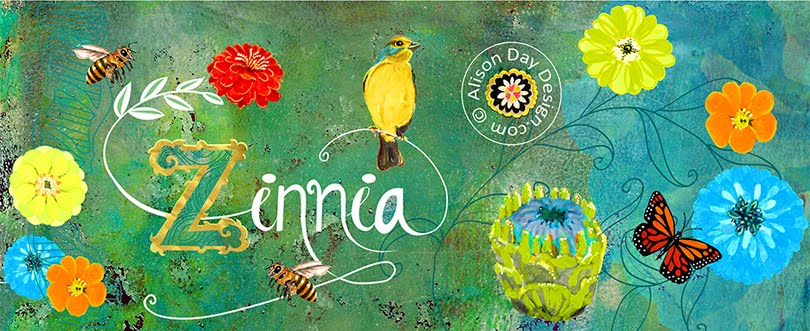Geocaching is a way to take a walk in the
countryside, which is a combination of both sport and game. If you are tired of
just looking at flora and fauna whilst listening to the trudging sound of your
footsteps on a walk, why not take a walk with a purpose that will keep your
brain as well as your body fit?
With Geocaching, the idea is that with the aid of a
handheld GPS receiver (using co-ordinates obtained from the Geocaching website),
you follow what is rather like a high-tech treasure hunt. At the end of the
hunt, hidden somewhere in the world, you will find a cache. The cache is
generally a watertight box complete with logbook (the finder can document
finding the cache), and ‘treasure’ inside, with which items can be swapped or
added. Anyone can hide a cache and the location is made common knowledge via
Internet. Once found the cache is returned to its original hiding place and
your Geocaching stories and photos can be shared online at various forums.
So, it is also possible to choose the type and grade
of difficulty of the Geocache; whether it’s a normal, earth, multi or mystery
cache. The earth cache for example is educational, whilst with the multi cache
a point has to be reached before the co-ordinates of the final hiding place are
given. Another popular variety is the collation of information found at given
points in a hunt, which lead to the end destination and, you guessed it, a
cache.
The game has been around since May 2000; Dave Ulmer
hid the first cache on 3rd May. In order to play the game one has to
create an account and become a member, which is free. Currently there are
Geocaches placed in over 100 countries around the world and on all seven
continents including Antarctica.
So, dust off those walking boots and take your brain
for a jaunt!
Sources: Wikipedia














